Perhaps while you are reading this, you are in the process of drinking one of the 2,250 million coffee cups that are consumed every day on this planet. In addition to being an implicit drink of our daily lives, there is an experience created around it and this text explores the items that have been historically designed for it, and which help us shape the activity of preparing and enjoying a cup of coffee.
Just like with many other foods and preparations we take for granted nowadays, thinking about the origin of this beverage leads us to the question: whose idea was it to drink this? Many stories are imprecise or blurry, but the common answer is in the empiric method, which perhaps, along these hundreds of thousands of years of human existence, has left some people intoxicated, some dead, and others with a bad taste in their mouth, and now it allows us to enjoy these preparations naturally.
In the specific case of coffee, which is an endemic fruit from the area today known as Ethiopia, legend says that a shepherd watched the toning effect that a red fruit that grew in some bushes had on the goats that consumed it. He experimented an energy boost when he tasted it, so he took some samples to the monks who were the ones who experimented with the grains by preparing a concoction.
The first records say that coffee reached Arabia in the mid 15th century (the history previous to this date is uncertain). The Arab world began to expand and the first tasting sites emerged. During that time, the preparation we now know as “Turkish coffee” was made and it is at this point where our journey begins.
Today, there are many ways of preparing, mixing, and drinking coffee; however, there are four key elements that are common to its preparation: the grains, the grounding, the tools, and the hand that makes it. Perhaps we also should add the experience factor to these elements, since for many people, drinking a cup of coffee is a ritual, a social activity, and even a moment of reflection.
By the hand of this beverage’s history, we find a series of items that go from cups, silverware, utensils, posters, menus, and machines, to experimentation labs and extraordinary places that complete the experience.
Preparation tools
Undoubtedly, when referring to the world of coffee, it is inevitable for us to imagine these machines, which at times remind us of instruments found in a lab. Around the 17th century, there were simple vessels shaped like small jars with a lever, usually made of copper or brass, with which unfiltered coffee was made, by heating it directly over the fire. With these instruments, a very intense blend with sediment was made; today, as it was mentioned above, it is still made under the name of Turkish coffee.
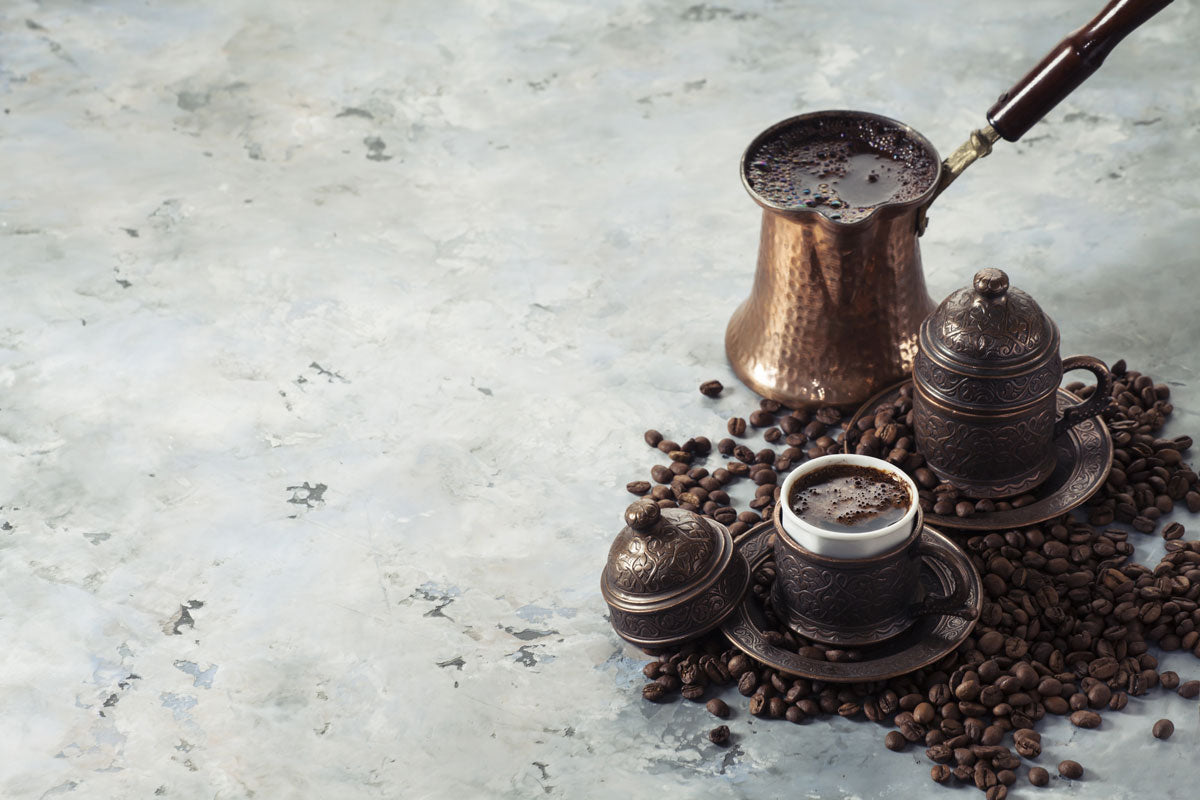
During the next decades, a series of explorations were carried out, where lab instruments were adapted in order to experiment with the preparation of this solution; it became an exploration field for scientists and inventors.
The first coffeemakers emerged during the 18th century, with a percolator style, which involves containers where water is put in circulation forced by the container’s heat, passing across a space where the ground grains are placed, to later return to the main compartment, already blended.
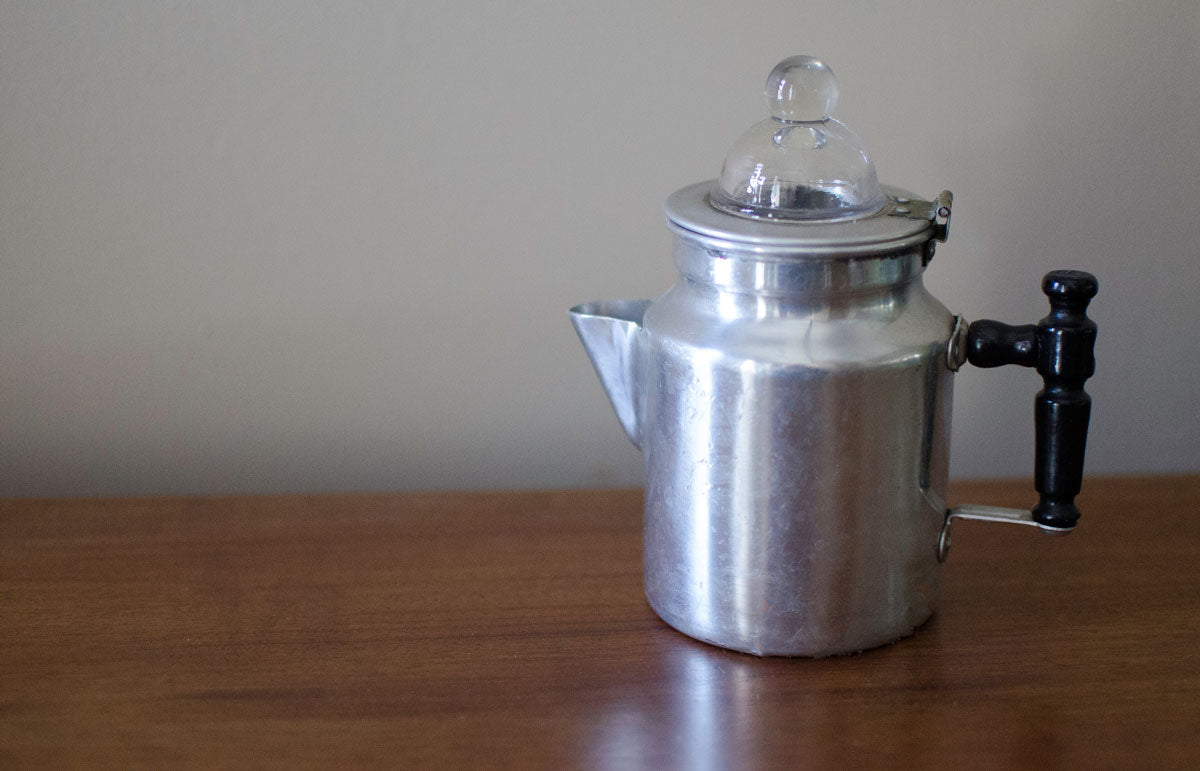
The tools used in vacuum preparation date from these days as well, which were supported by the difference in pressure resulting from heat to take hot water from one compartment to another one and blend it with the solute in this journey.
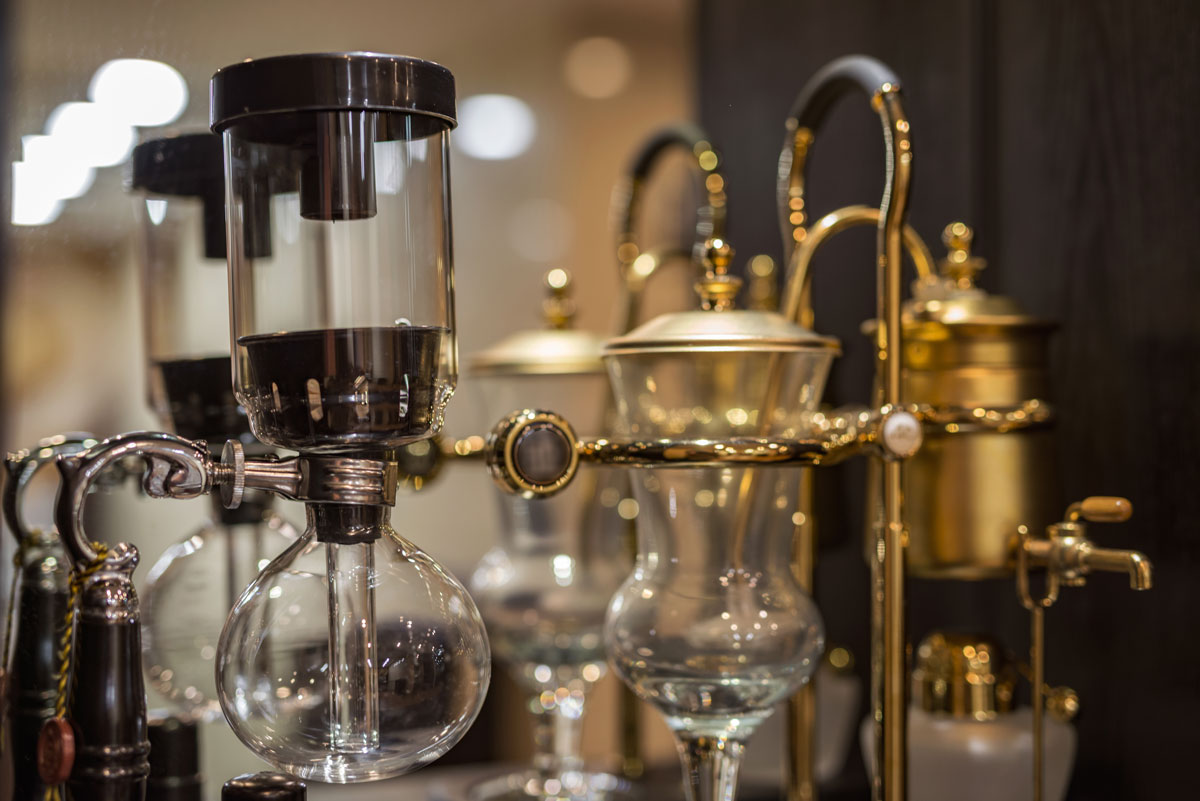
Some tools, which helped grind the grains in different degrees, also resulted from the requirements of different preparations. We find manual and motorized grinders along history.
In 1908, the filtering paper was introduced, a simple sheet permeable to liquids, which allowed for a new preparation known as drip filtering. A series of objects were designed in order to accompany this preparation, which made the process easier.

The moka pot was first patented in 1933. Its principle consists of a container that is heated on the stove and has three internal compartments, water is poured in the lowest one, which is heated until it evaporates and when it goes up, it blends with the coffee deposited in the intermediate level, and the blend ends un in the superior compartment, where it condenses to give way to the final concoction.
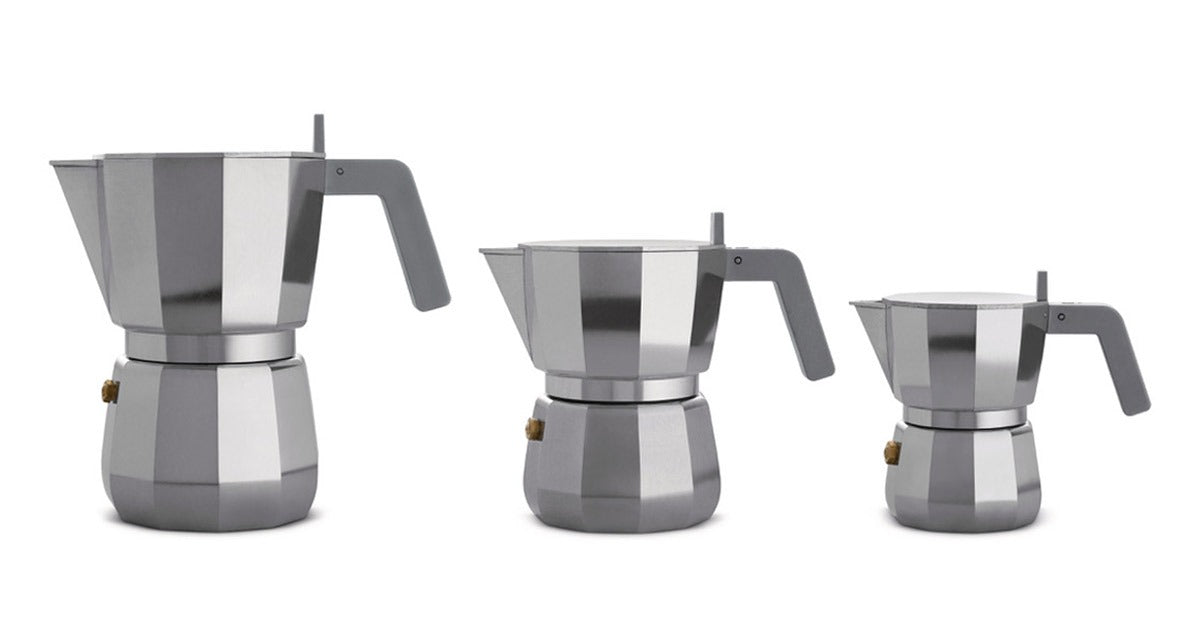
Another preparation tool is the coffee plunger or French press, which funnily was invented in Italy. In this technique, water is mixed directly with the ground grains to later filter and remove the sediment.
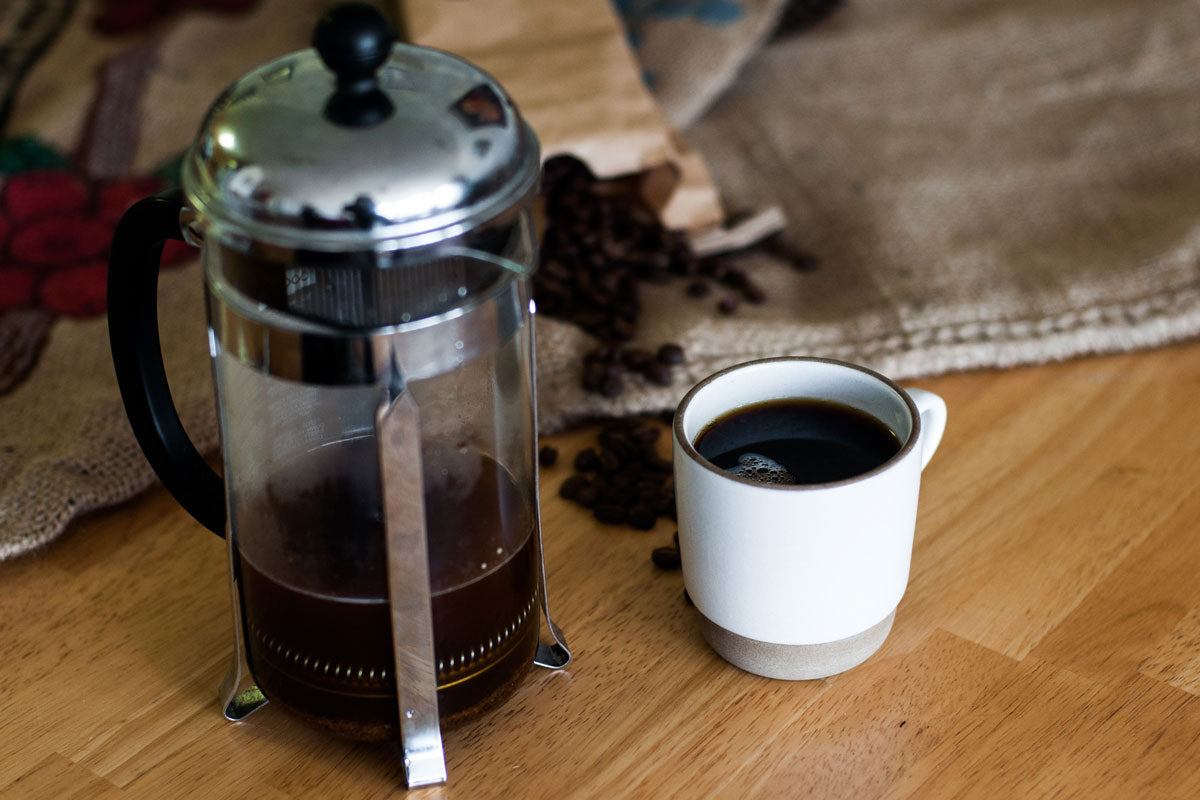
During the early 20th century, machines for preparing espresso were invented, originally with minimum pressure and a simple temperature control. Later, they evolved until they became incredible machines with enviable precision, which today we find in coffee places and even in their home editions. These machines which emerged after the Industrial Revolution had, precisely, an industrial aspect, with pipes, connectors, pistons, and levers made of metal, which later employed new materials and finishes, but today many of them maintain this esthetics, and perhaps it is the one which has influenced the most the general esthetics within the world of coffee.
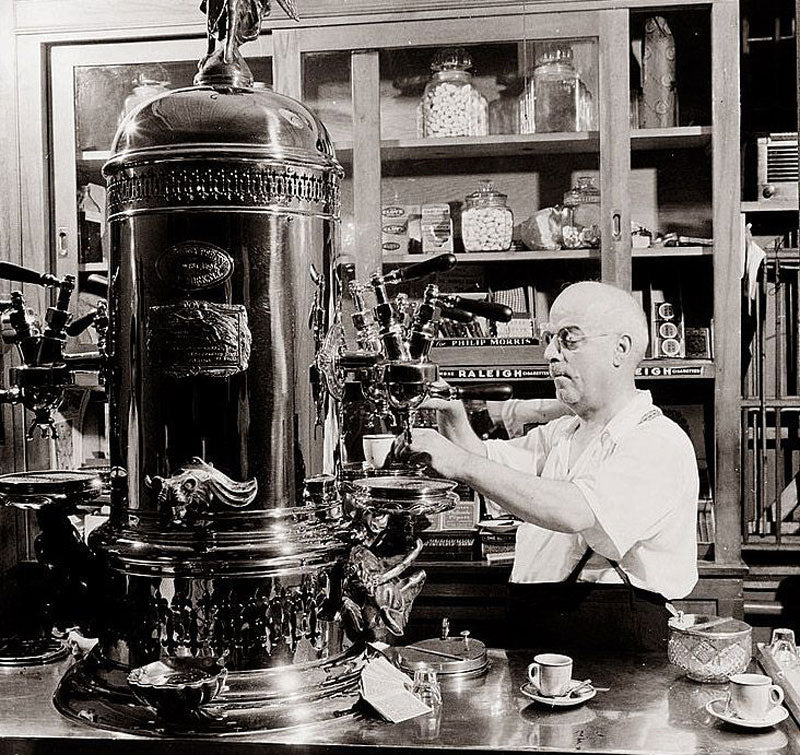
With the arrival of the second half of the 20th century and electric household appliances came new tools based on prior techniques, with the contribution of process automation. Among them are electric drip coffeemakers, perhaps the most used today.
In the last decade, individual machines have emerged to make espressos at home along with a modality of capsule-fed appliances to create different complex beverages with a minimum effort and knowledge on behalf of users.
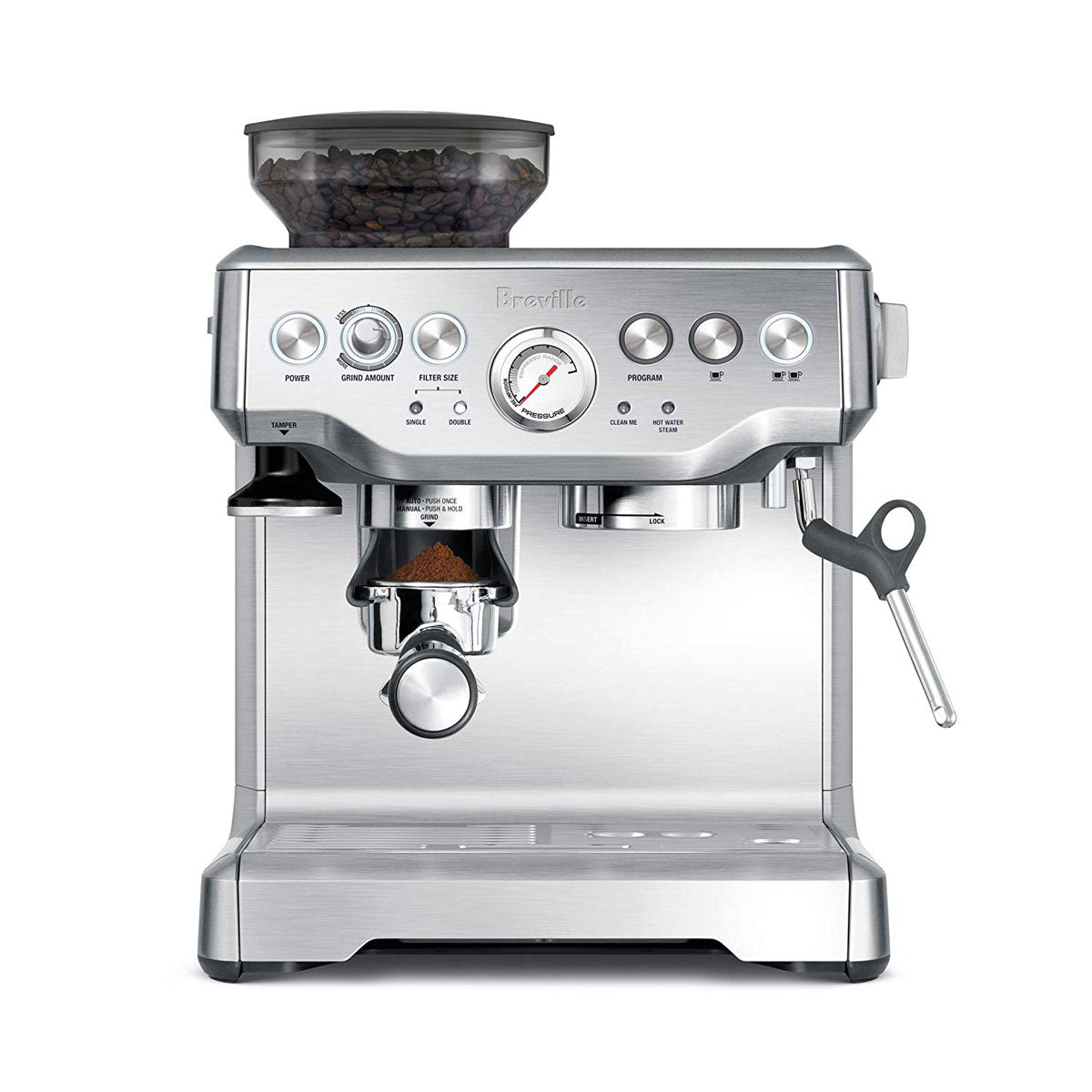
Regarding style, we can find all kinds of items in a wide variety of materials and combinations; however, there are elements that will always take us back to this universe, like stainless steel and copper, and although in less measure, also glass, wood, and the ceramic employed for making cups.
The spaces
The café is a place where people go not only to enjoy the famous beverage, it is also a place to chat and spend time with friends, plan projects, or simply, hang out. These spaces are diverse regarding style, size, and menu, but coffee has always been, without a doubt, the perfect excuse for creating wonderful spaces.
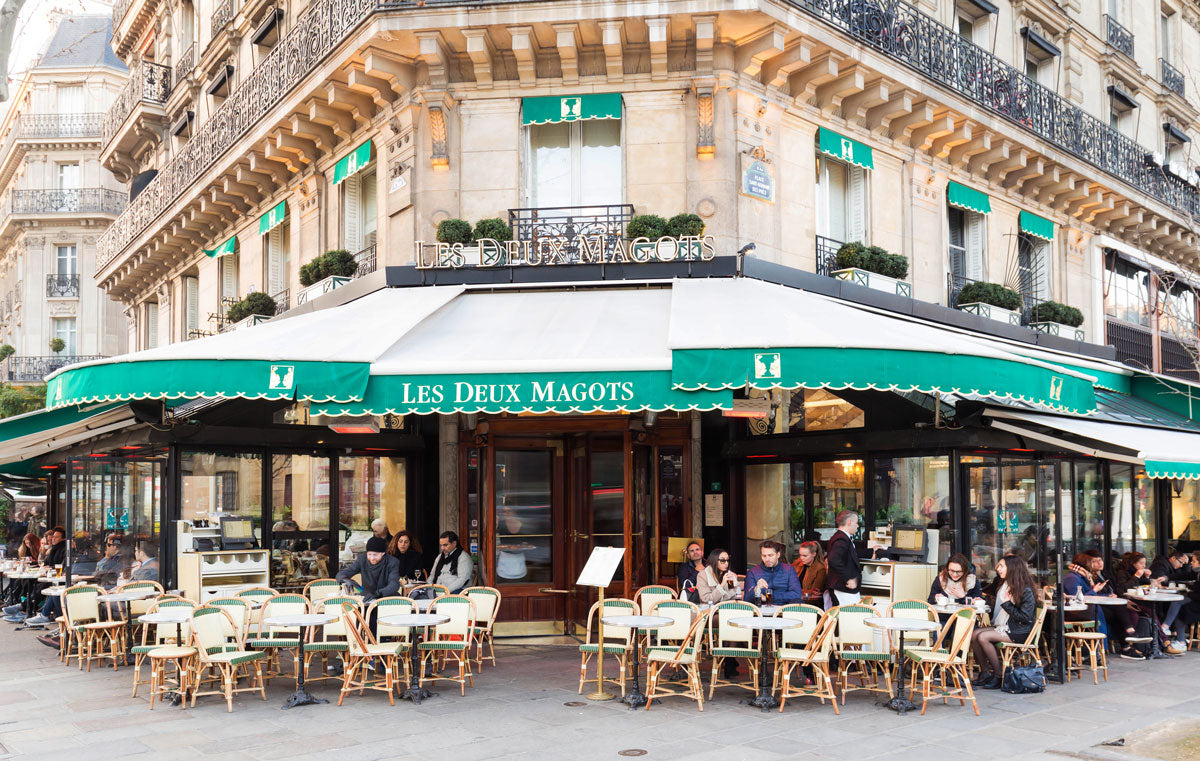
Coffee has undoubtedly made a great impact on our different cultures; it has become an everyday ritual. It will surely continue to inspire us and continue to be an amazing excuse to create new objects, spaces, and experiences.


